Hidden Agra Fort Facts : Untold Stories and Secrets!
Agra Fort Facts, a jewel of India’s architectural heritage, stands proudly as a UNESCO World Heritage Site. Located in the city of Agra, this historic fortress has witnessed centuries of events, making it a symbol of the nation’s rich cultural legacy.
1. Military Architecture Marvel
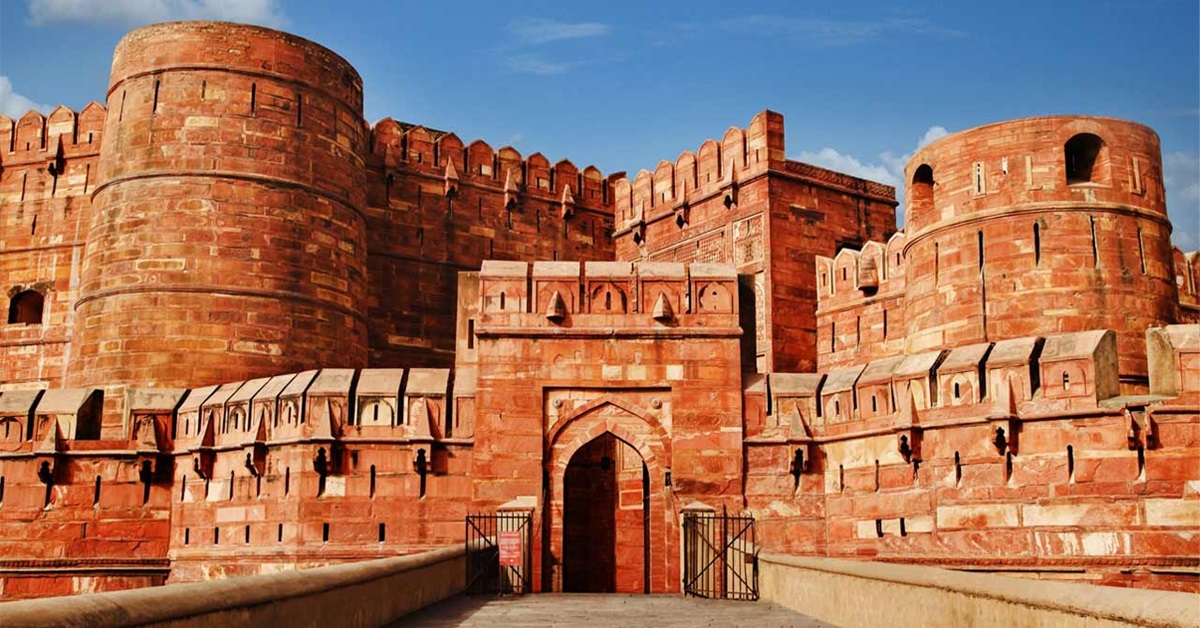
Agra Fort’s magnificence is not only steeped in history but also in its robust military architecture. Constructed with the striking red sandstone, the fort’s formidable walls were strategically positioned on the banks of the Yamuna River, creating an imposing defensive structure. This architectural marvel reflects the foresight and engineering prowess of its builders. Agra Fort Facts.
2. Akbar’s Initiatives
![]()
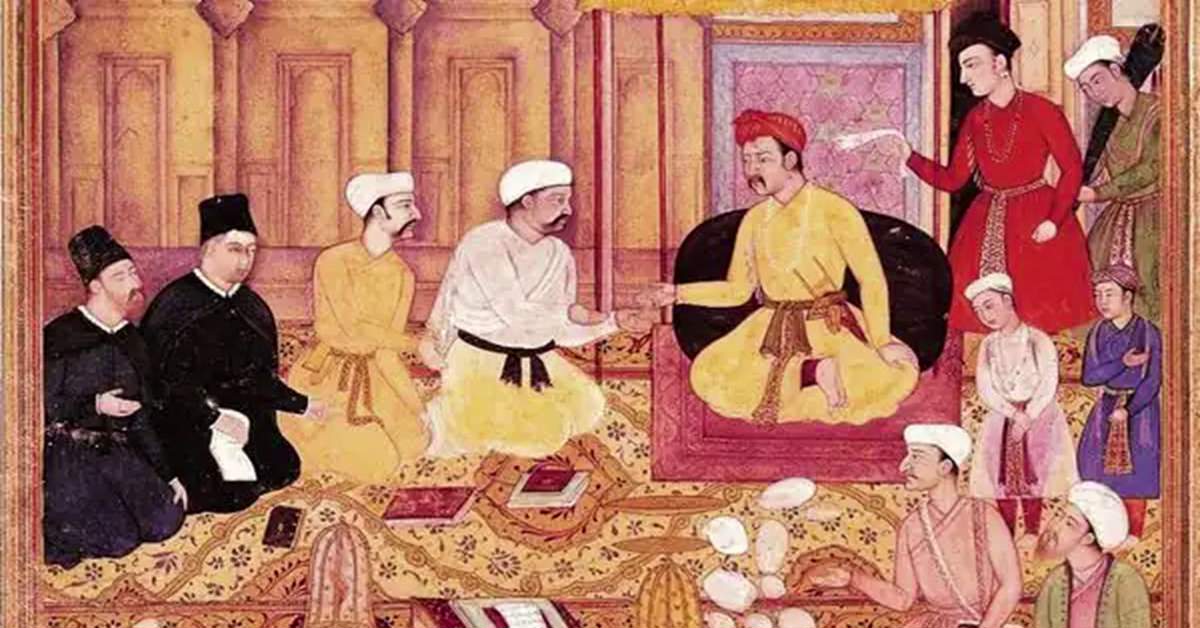
The inception of Agra Fort dates back to 1565 when the visionary Emperor Akbar took the initiative to commence its construction. Known for his inclusive approach, Akbar blended diverse architectural styles, seamlessly incorporating Islamic, Persian, and Indian influences into the fort’s design. The result was a masterpiece that transcends cultural boundaries.
3. Hidden Underground Tunnel
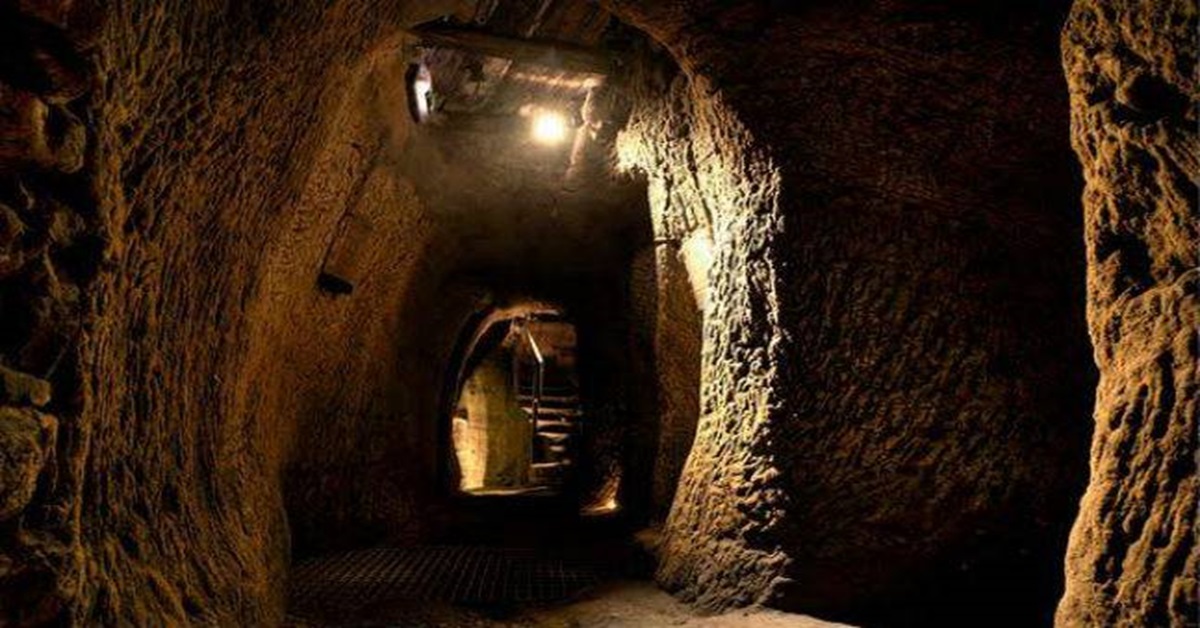
One of the intriguing mysteries surrounding Agra Fort is the legend of a secret underground tunnel that supposedly links the fort to the iconic Taj Mahal. Despite the absence of conclusive evidence, the mere existence of such a tunnel adds an air of mystique to the historical narrative. This enigma invites speculation and fuels the imagination, leaving visitors and historians alike captivated by the possibility of an undiscovered connection between these two landmarks.
In summary, Agra Fort is not merely a structure of stone and mortar; it’s a living testament to the cultural amalgamation and historical significance that define India. From its military grandeur to the architectural fusion brought forth by Emperor Akbar and the tantalizing legend of an underground passage, Agra Fort continues to be an enchanting destination for those seeking a deeper understanding of the country’s heritage.
4. Shah Jahan’s House Arrest
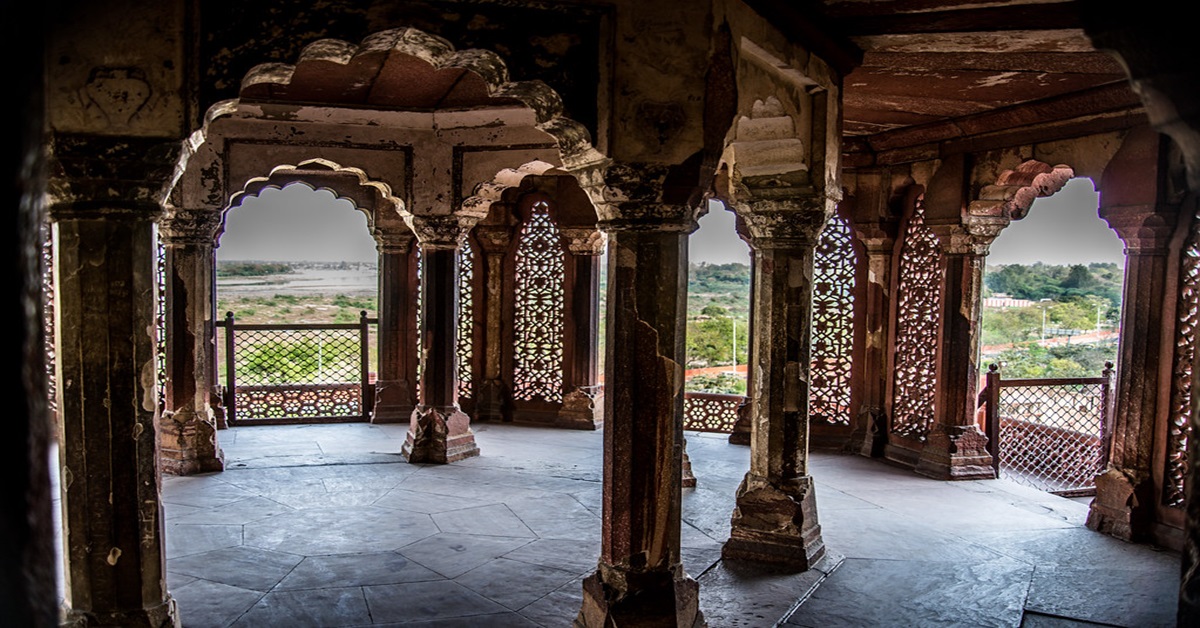
In the annals of Agra Fort’s history, a lesser-known chapter unfolds with the poignant tale of Shah Jahan’s house arrest. Imprisoned by his own son Aurangzeb, the once-mighty Mughal emperor spent the final years of his life within the confines of Agra Fort. The Musamman Burj, a tower within the fort, became Shah Jahan’s gilded cage. From this vantage point, he had a daily view of the incomparable Taj Mahal, the testament of his undying love for Mumtaz Mahal.
The Musamman Burj, while symbolizing captivity, also served as a poignant reminder of the beauty Shah Jahan had created for his beloved wife. The juxtaposition of love and imprisonment in this historical episode adds a layer of complexity to the narrative of Agra Fort.
5. Khas Mahal’s Architectural Beauty
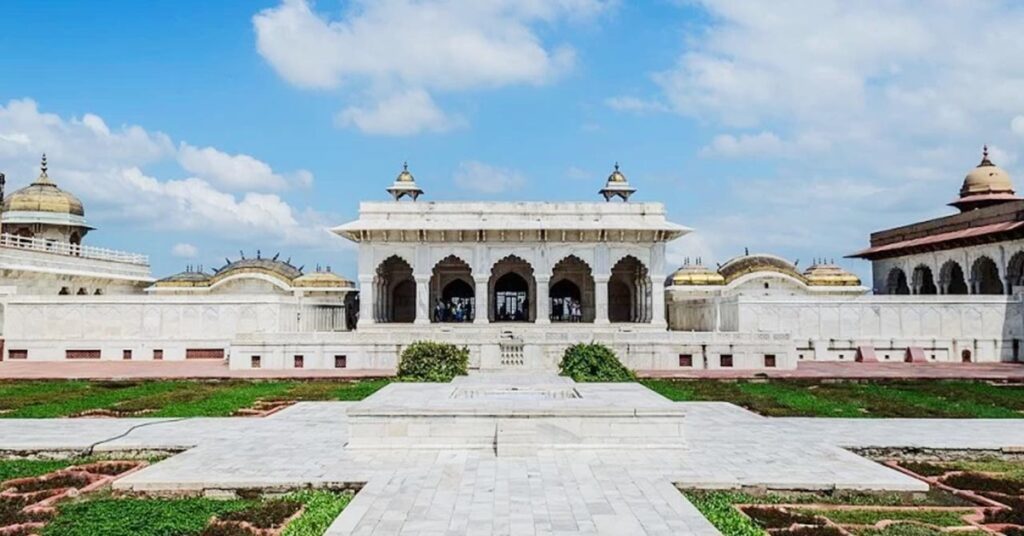
Within the imposing walls of Agra Fort lies the Khas Mahal, a mesmerizing white marble palace that stands as a testament to Mughal opulence. This architectural gem, nestled in the heart of the fort, served as the private residence of Mughal emperors. The Khas Mahal is a symphony of intricate designs, exquisite carvings, and delicate details that showcase the grandeur of the Mughal era.
As sunlight dances on the pristine marble, visitors are transported back in time, imagining the lavish lifestyle of the Mughal emperors who once called Khas Mahal home. Its architecture not only reflects the aesthetic sensibilities of the period but also highlights the importance of opulent living in Mughal culture.
6. Jahangir’s Chain of Justice
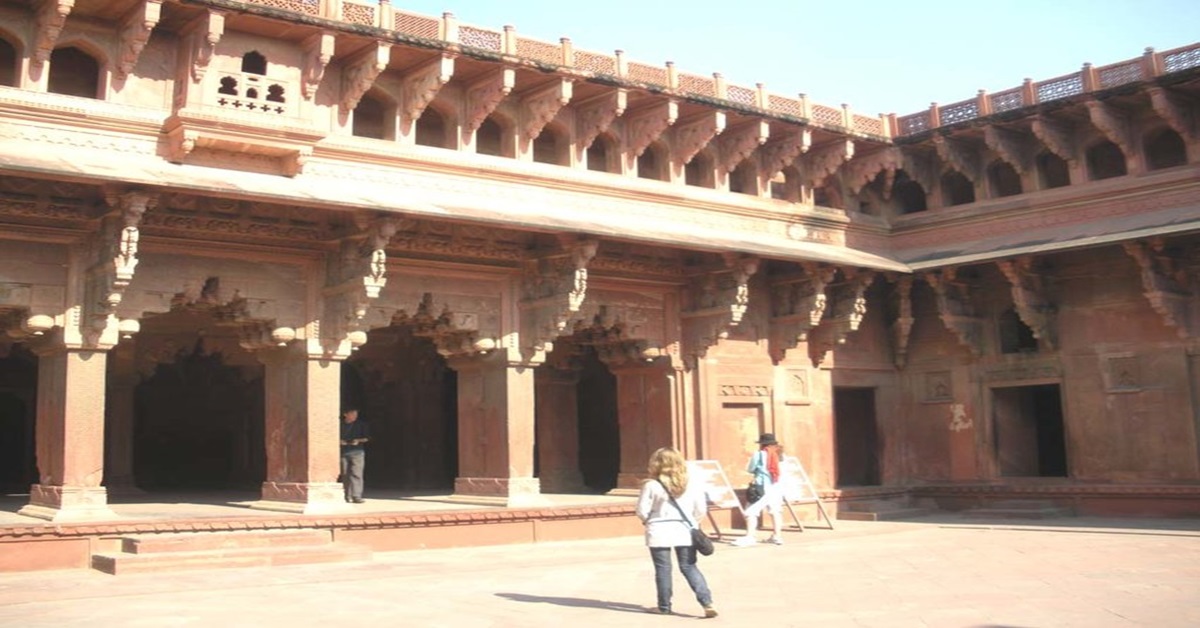
Emperor Jahangir, known for his keen sense of justice, introduced the innovative concept of the Chain of Justice in the Diwan-i-Am of Agra Fort. This symbolic chain allowed petitioners direct access to the emperor, emphasizing the idea of accessible justice. The concept was simple yet powerful – anyone seeking redress could pull the chain, and their grievances would be heard.
The Chain of Justice represented a progressive approach to governance, fostering a sense of fairness and equality. In a society where access to rulers was often restricted, Jahangir’s innovation marked a notable departure from traditional norms. The Diwan-i-Am, with its symbolic chain, stands as a testament to a ruler’s commitment to justice and the well-being of his subjects.
In essence, the stories of Shah Jahan’s house arrest, the architectural beauty of Khas Mahal, and Jahangir’s Chain of Justice contribute to the rich tapestry of Agra Fort’s history. Each tale adds depth and nuance, turning a visit to Agra Fort into a journey through the corridors of time and the complexities of Mughal rule.
7. Unique Blend of Architectural Styles
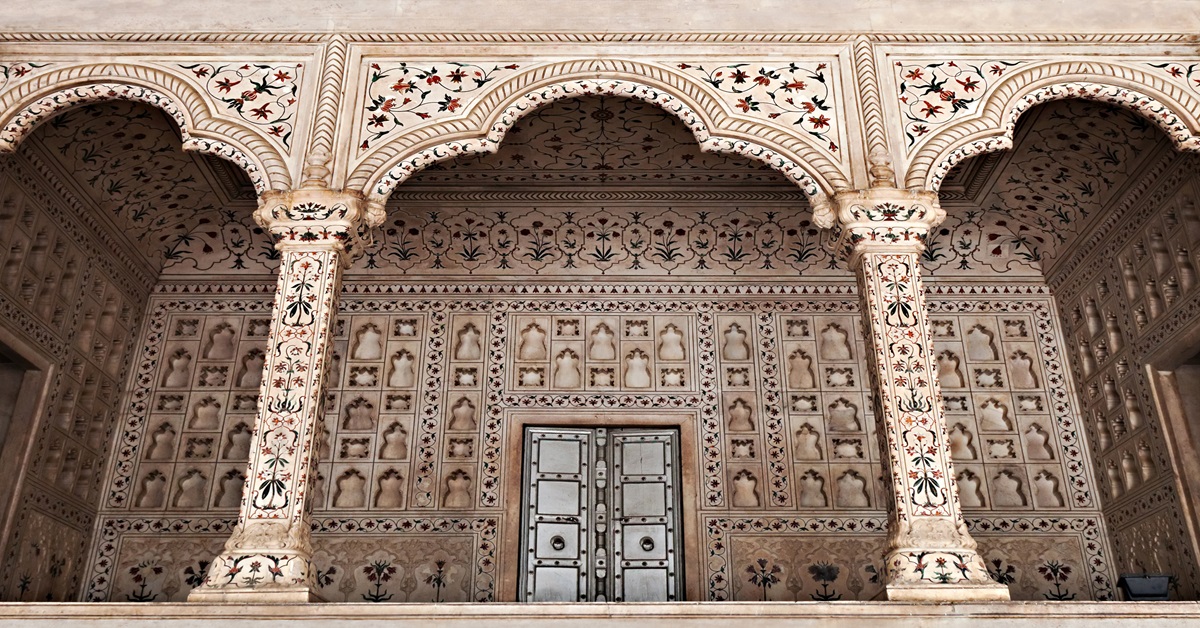
Agra Fort stands as a living testament to the rich cultural tapestry of India, boasting a unique amalgamation of Hindu, Central Asian, and Persian architectural styles. Among its architectural gems, the Jahangiri Mahal emerges as a prime example of this harmonious fusion.
The Jahangiri Mahal, with its intricate carvings and detailed embellishments, showcases the synthesis of diverse cultural influences. Hindu motifs, Central Asian designs, and Persian elements come together seamlessly, creating a visual feast for admirers of architectural diversity. This melding of styles not only adds to the fort’s aesthetic appeal but also underscores the inclusive nature of the Mughal Empire.
8. Diwan-i-Khas and the Peacock Throne
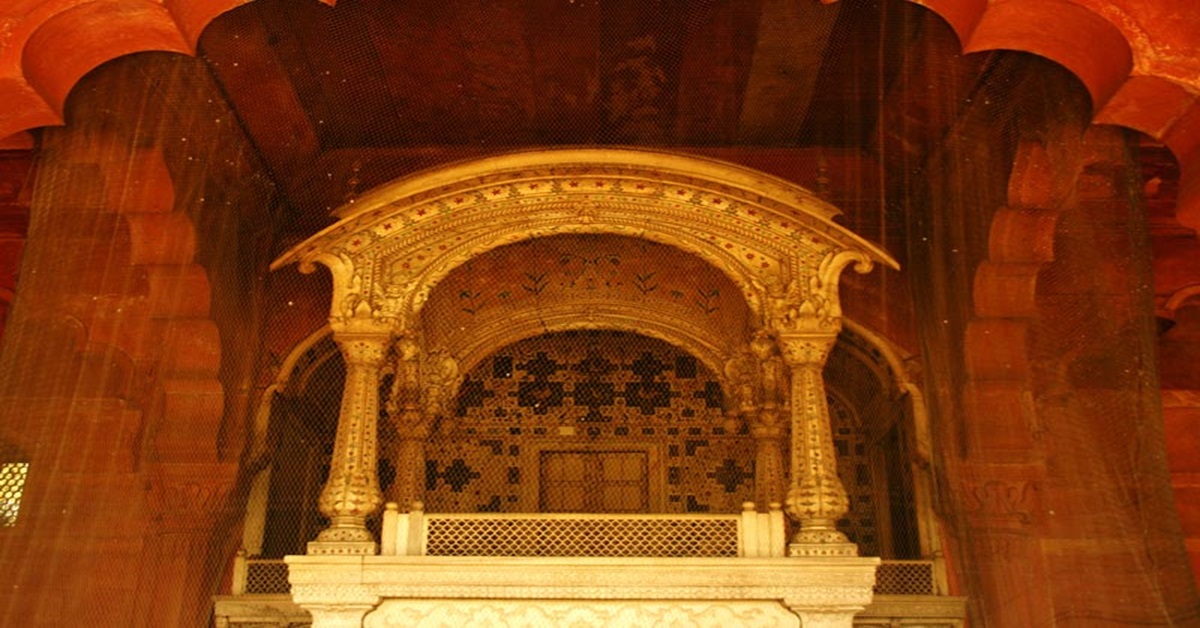
The Diwan-i-Khas, or Hall of Private Audience, within Agra Fort, is a place where Mughal emperors held intimate discussions with select dignitaries. The opulence of this hall is magnificently reflected in its architecture, adorned with intricate carvings and a central pillar that once supported the legendary Peacock Throne.
The Peacock Throne, an iconic symbol of Mughal wealth and power, was once embellished with precious jewels and gold. However, the throne’s fate took a mysterious turn as it was looted, and its whereabouts remain unknown. The Diwan-i-Khas, though devoid of its once-prized possession, continues to exude an air of regality and historical significance.
Visiting Agra Fort
For those eager to delve into the captivating history of the Mughal Empire, a visit to Agra Fort is an absolute must. This imposing structure not only offers a glimpse into the architectural brilliance of the past but also serves as a portal to the hidden facts that add a layer of fascination to its narrative.
As you wander through the corridors and courtyards, the echoes of Mughal history reverberate. The architectural marvels, untold stories, and secrets concealed within the fort’s walls transport visitors back to an era of grandeur and intrigue. Agra Fort stands not just as a physical structure but as a living museum of the bygone Mughal era, inviting all who visit to be a part of its rich and storied legacy.
In conclusion, the unique blend of architectural styles, the tales of the Peacock Throne in Diwan-i-Khas, and the encouragement to explore Agra Fort make it a destination that beckons both history enthusiasts and casual visitors alike.
Follow Us On : Facebook, Instagram
You May Also Like : 1-2 Days Tour, 3-5 Days Tours

 English
English Spanish
Spanish


